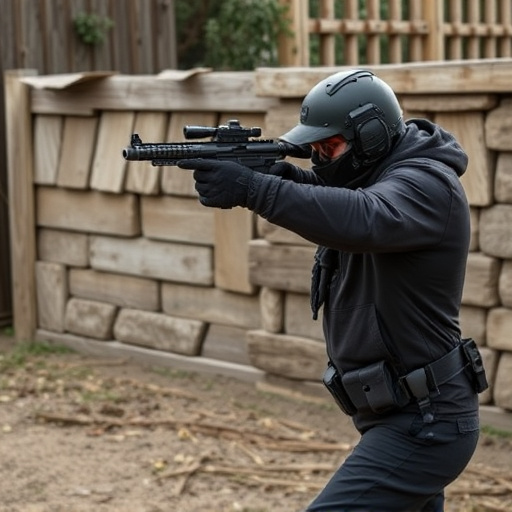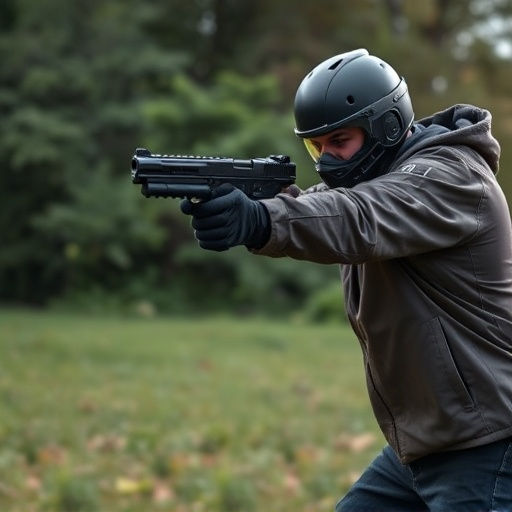Designing the most concealable stun gun requires a deep understanding of electrical current flow to ensure effectiveness in temporarily disabling assailants through disruption of nerve impulses. The device uses high-voltage, low-current pulses delivered via strategic electrode placement to target muscle contractions and cause disorientation, balancing power with size for discreet self-defense.
Electrical current flow is the lifeblood of stun device functionality, delivering the powerful jolt needed to incapacitate an attacker. This article delves into the intricate world of stun technology, focusing on how electricity empowers these self-defense tools and exploring the art of concealing their design. We examine the key components that facilitate current transmission, while also uncovering innovative approaches to create the most concealable stun gun designs, balancing effectiveness with discreetness for maximum personal safety.
- Understanding Electrical Current Flow: The Backbone of Stun Device Functionality
- – 1.1 How Electricity Works in Stun Devices
Understanding Electrical Current Flow: The Backbone of Stun Device Functionality

Understanding how electrical current flows through a stun device is crucial to comprehending its functionality, especially in the context of designing the most concealable stun gun. This flow serves as the backbone of its operation, delivering an electric shock that temporarily disables an assailant.
In a stun device, electricity travels from the power source (usually a battery) through various components like wires and electrodes. When activated, this current disrupts the body’s electrical systems, specifically targeting nerve impulses. This disruption results in powerful contractions of the muscles, causing disorientation and temporary paralysis, making it an effective self-defense mechanism. The design of the stun gun, including its electrode placement and current distribution, plays a significant role in ensuring both effectiveness and concealability—a delicate balance that professionals strive to achieve.
– 1.1 How Electricity Works in Stun Devices

Electricity plays a pivotal role in how stun devices function, especially in concealing their presence for self-defense purposes. In the case of stun guns, or electroshock weapons, the mechanism involves delivering high-voltage, low-current electrical pulses to disrupt an aggressor’s motor control and cause temporary immobilization. This is achieved through a series of components: a power source, typically batteries; a circuit board that regulates the current; electrodes designed for optimal contact with the target; and a triggering mechanism.
The most concealable stun gun designs often incorporate advanced electrical engineering to minimize size and maximize efficiency. These devices may use specialized battery types or compact circuitry to achieve a powerful yet subtle shock, ensuring users can defend themselves discreetly in various situations. The key lies in balancing power output with the ability to fit into smaller, more unobtrusive forms, making self-defense accessible without drawing unwanted attention.
In understanding the electrical current flow within stun devices, particularly in their most concealable designs, we find the key to their effectiveness as personal safety tools. The intricate interplay of voltage, amperage, and resistance ensures that these devices can deliver a powerful shock while maintaining compactness and discreetness. This knowledge is pivotal in enhancing both the functionality and reliability of stun guns, making them accessible and useful for individuals seeking protection in various settings.
